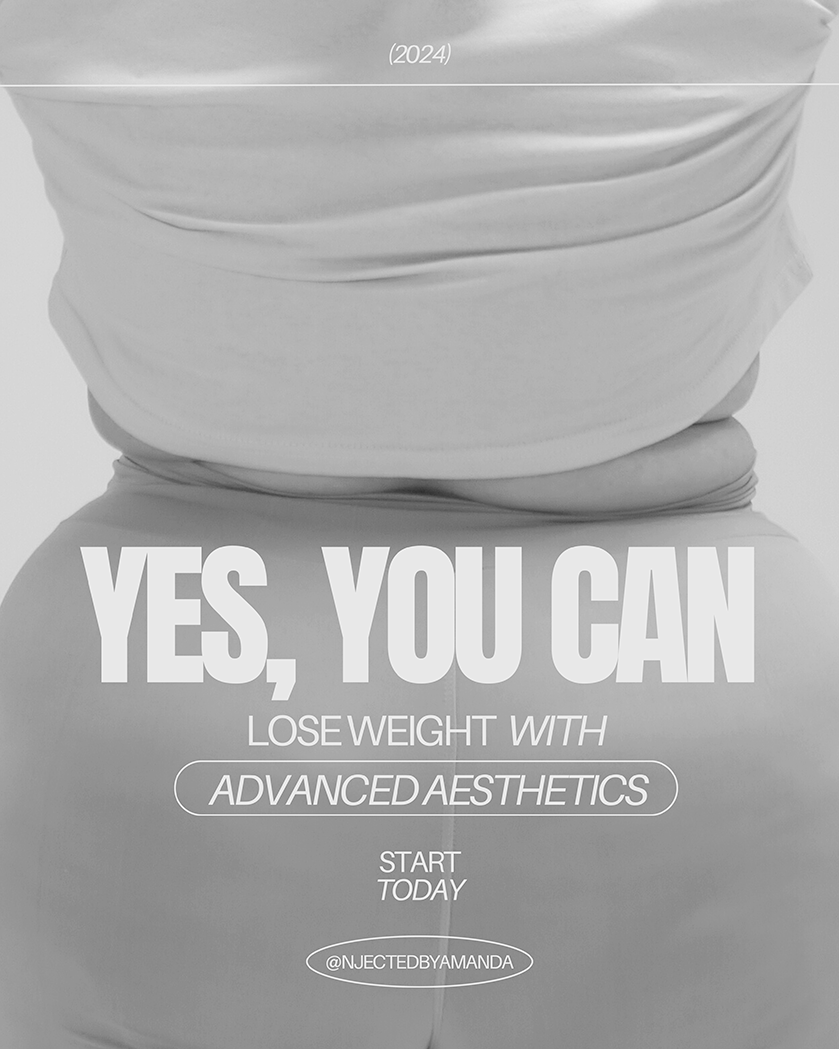Breast reconstruction surgery can be challenging to navigate. If you are in need of breast reconstruction, you may be confronted with decisions you never thought you would have to make. Unlike women who voluntarily seek cosmetic breast surgeries, you may never have put much thought into rebuilding your breasts. At Advanced Aesthetics, it is our mission to make this process as easy as possible and help restore your breasts in a way that looks natural, seamless and balanced. The best way to achieve beautiful, long-lasting and low-risk results is by choosing the right kind of implants for your body and your goals.
Saline and Silicone
The two materials for breast implants that you’ll encounter are saline and silicone. These classifications refer more accurately to the substance with which the implant is filled since both types use silicone to form the implant casing. Saline implants are designed with a small nozzle on the side, which is used to fill the silicone shell with a sterilized saline solution (salt water). Silicone implants use silicone gel, which is injected into the saline shell and sealed. Which type is “better” is a hotly debated topic in the world of cosmetic breast surgery; in the end, it comes down to the kind of results you want, whether you are prepared to accept certain risks and your plastic surgeon’s skill with each type.
Achieving a Natural Look After Reconstructive Surgery
Many surgeons and their clients agree that silicone implants more frequently appear and feel like a natural breast. Since the texture of the silicone gel is more forgiving, it is often more versatile when it comes to creating less perfectly-spherical breasts and has more give to the touch than a saline implant. This is not to say that it isn’t possible to create a natural-looking breast with a saline implant; however, it does require more skill on the surgeon’s part and is often better achieved when there is remaining breast tissue or muscle to complement the implant. Additionally, some women prefer the perkier, rounder and more firm appearance of saline implants. Ask your plastic surgeon for examples of their work using both types of implants. These examples will allow you to understand what your outcome will look like with your particular surgeon, and help you decide which type may be better to achieve the aesthetic you want.
Results That Won’t Fade
When it comes to longevity, the good news is that both types of implants can last many years — much longer than the ten-year shelf life of older models. There is no reliable research showing that either saline or silicone implants last longer than the other, and most of the recommendations for getting replacements or finding longer-lasting implants are based on research that has not caught up to the latest implant technology. It is true that most women eventually need to replace their implants or have a second surgery, but this is generally due to natural changes in the breast and skin over several years, not because the implants failed on their own. The chances of complications requiring replacement are very low with both types of implants
Your Safety Comes First
However, if you are concerned about possible complications, there are two main risks to consider: implant rupture and capsular contracture. It is worth noting that saline implants are thought to be much safer in the event of rupture: since they are filled with salt water, the body safely and quickly absorbs any leaks. Saline rupture requires removal of the damaged casing and a replacement implant. Silicone implant ruptures, on the other hand, are more difficult: the gel filler spreads into the breast tissue without absorption and needs to be carefully cleaned out before the implant is replaced.
During capsular contracture, the scar tissue that naturally forms around the implant becomes abnormally hard and tight. It can cause the affected breast to harden, feel slightly painful and sit higher on the chest, and requires surgery to remove and replace the implant. Risk of capsular contracture is quite low and has more to do with the texture of the silicone casing of the implant than the implant’s fill; however, past studies have shown that silicone implants may be slightly more prone to this complication.
Learn More About Getting Implants After Breast Reconstruction
Choosing the right implants for your breast reconstruction may seem like a daunting task since there is no clear answer about which kind of implant is better. However, a consultation with your plastic surgeon can make your decision easier. Expert advice can help you understand whether saline or silicone implants will make more sense for your body, your shape and your desired outcome. At Advanced Aesthetics Plastic Surgery Center, we are dedicated to providing our breast reconstruction clients with beautiful, natural-looking breasts that can help restore confidence after a harrowing health journey. To learn more about breast reconstruction options with Advanced Aesthetics, call us today to schedule a consultation.


 (770) 515-8048
(770) 515-8048